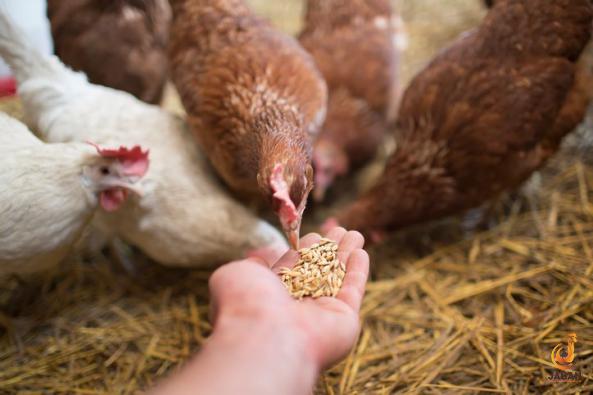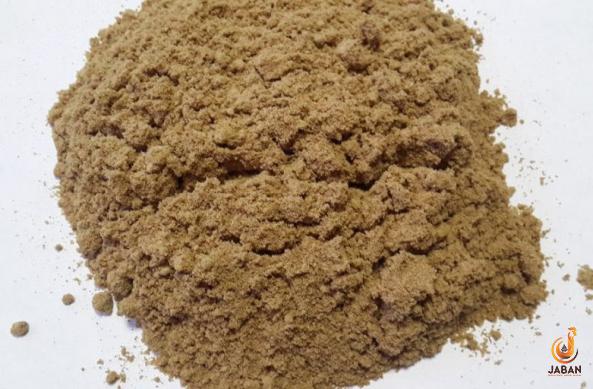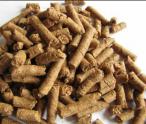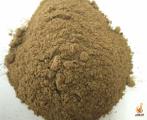Poultry feed waste sale price in 2020

In order to better digest and absorb nutrients in the feed and also to facilitate the transportation of animal feed, it is necessary to make changes in the shape and size of raw materials, which are done in different ways. Livestock feed is usually produced in two forms, mesh and pellet. Pelletizing: In this process, the ground feed is exposed to water vapor and becomes a paste, then hot and wet feed is removed from the pores of the pelletizing machine (die) by pressure and dried by air flow. For more information about Poultry feed waste sale, visit our site.

What are the types of poultry feed?

Each creature has different needs based on size, genetic characteristics, age, reproductive status and health. In the case of livestock, these nutritional needs are very different at different stages of breeding. Of course, the nutritional needs of cows vary between the dry and lactating stages, or for laying hens at different stages of production, and it is necessary to accurately estimate the nutritional needs of livestock and take into account in the diet. By the end of production, it will increase from 1% to 4.5%, while the amount of protein required will decrease from 20% to 15%. In dairy cows, nutritional needs include growth, maintenance, pregnancy, and milk production.
It is used to provide energy, improve the absorption of fat-soluble vitamins, reduce feed dust and increase the palatability of the diet. Fats have different profiles of fatty acids that release more than twice as much energy as carbohydrates due to oxidation. The ability to digest and absorb fats depends on the length of the carbon chain, the sequence of fatty acids, the presence of double bonds, the amount of free fatty acids, and animal conditions such as intestinal fluoromicrobial, sex, and age of the animal. Livestock and poultry feed fats are sourced from plant and animal sources. Vegetable oils such as cottonseed, canola, sunflower, soybean, rapeseed and palm are used more than animal fats, poultry, beef and sheep tallow and fish oil.
Other ingredients used in animal and poultry feed are fish meal, which is an excellent source of protein. Its protein content varies between 70-60% and is rich in the amino acids lysine, methionine, minerals and vitamins. Fresh fish meal has a higher nutritional value due to less oxidation of fats and less decomposition of amino acids. In addition, the method of drying fish powder has a great impact on its quality. In the method of using flame heat, the drying speed increases, but the final product will have a lot of ash and degraded proteins, but the slower the drying, the better the quality of fish powder is preserved. The best way is to dry with hot air. If dairy cows’ diets contain high levels of fish meal or powder, their milk may taste and smell like fish. The use of high amounts of this product in poultry diets may lead to gingival erosion and also cause the taste and smell of fish in the eggs produced.
Meat powder is one of the slaughterhouse products and has about 55% crude protein. Its levels of methionine, cysteine and tryptophan are low and lysine is high. The amount of energy of meat powder depends on the amount of fat in it. Adding an antioxidant to meat powder is helpful in preventing spoilage. The average consumption of meat powder is 5 to 7% and a maximum of 10%. For more information about poultry feed formulation, visit our site.
Purchase Poultry feed waste at best price

All living organisms need certain levels of minerals to grow and reproduce. So far, 29 minerals have been proven necessary for livestock and poultry feed. Phosphorus, magnesium, copper, zinc, chlorine, calcium, potassium and sodium are the most important minerals. . Some minerals are not enough in natural feed and should be added to animal feed as industrial supplements. For more information about poultry feeds age and Purchase Poultry feed waste at best price, visit our site.







